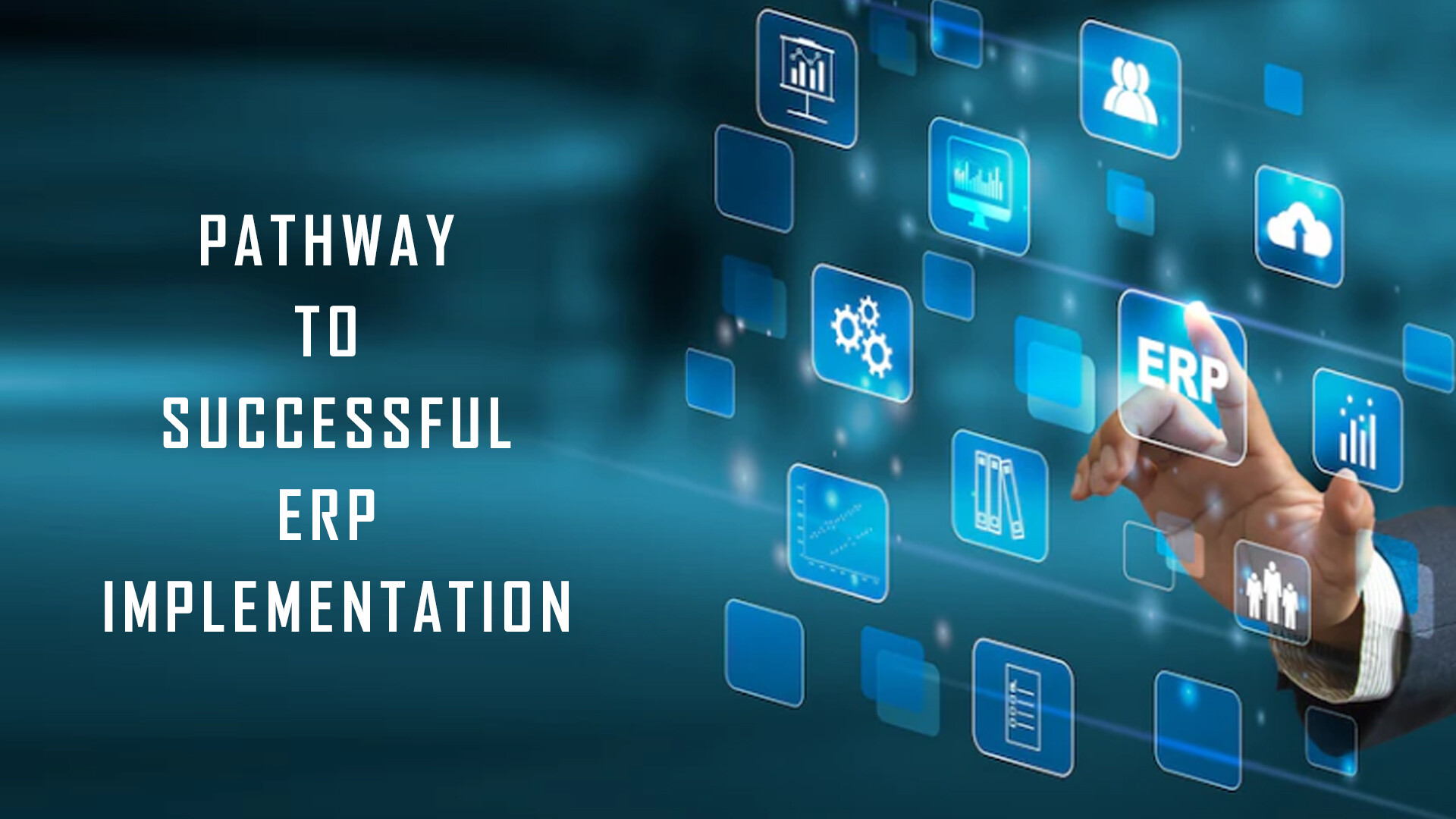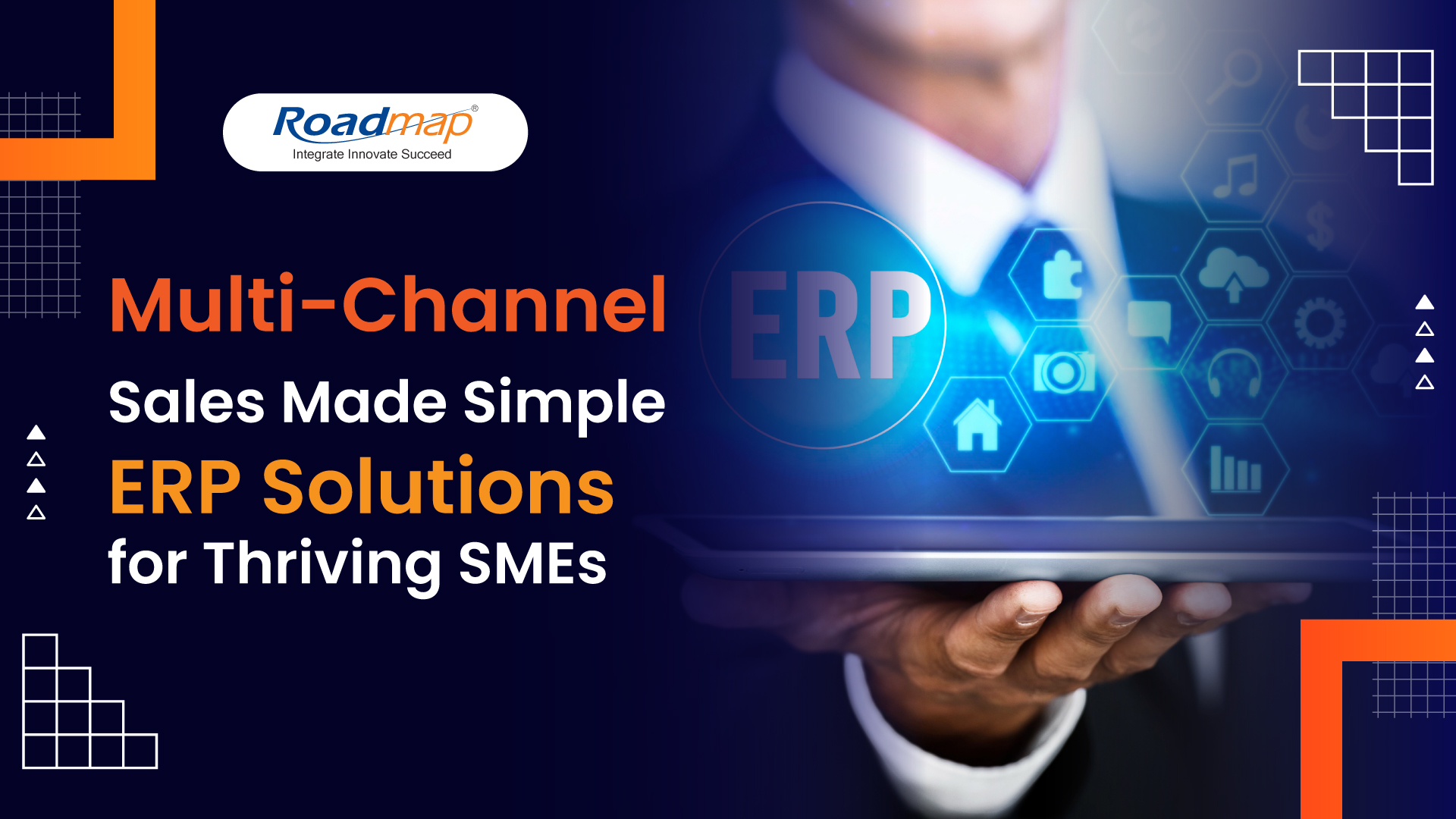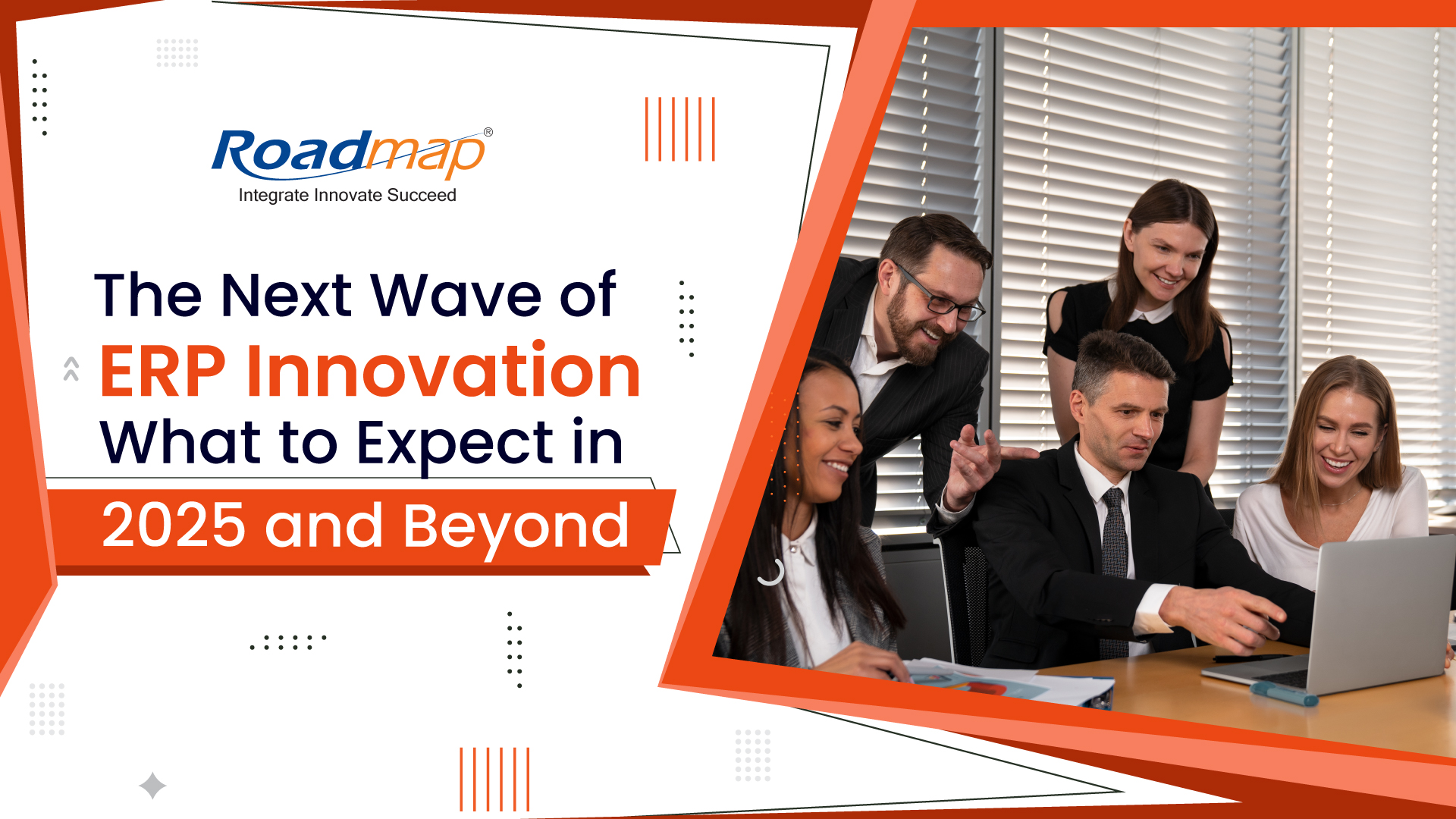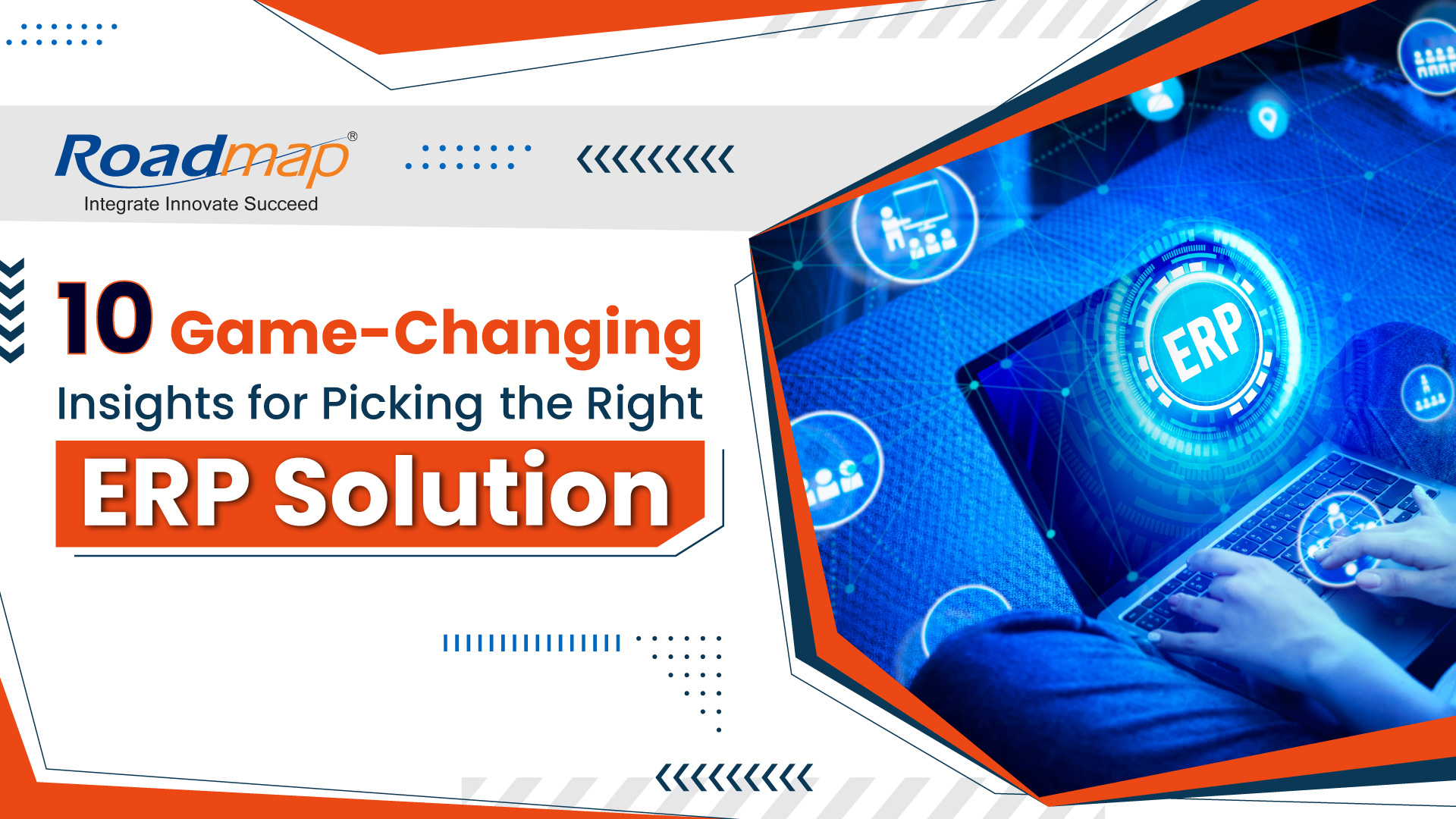
- Roadmap
- 19-Jan-2023 04:40:11
The Pathway to Successful ERP System Implementation
Planning a new ERP system may seem a formidable and daunting task for most business entities. Have you ever thought about why it is so and what is the reason behind that?
It is because a new ERP system involves a hefty investment, timelines, integrations, and requirements that are needed to be discussed, collected, mapped, and agreed upon. But with the latest highly automated and integrated ERP system, the fruition of the plan will transform your business operations with more agility, flexibility, and high scalability.
With this understanding, let us dive into the detail of the ERP implementation. This article will illustrate how an ERP implementation project is carried forward and implemented from its initiation to the various successive stages of development and its completion.
It is to be noted that no matter how complex your business processes and requirements are. To achieve cent percent successful ERP system implementation, requires involvement and commitment from both ends, i.e., the client and the ERP system provider at all levels.
There are six phases in ERP system implementation. The ERP system provider should adopt best practices at each phase to suit the unique needs of the respective business.
1. Kick off meeting
2. Business Analysis (AS-IS) and Blueprint (TO-BE) preparation
3. Design& development (customization)
4. Setup (ERP installation/deployment)
5. Training & User Acceptance Test
- Kick-Off Meeting: It marks the planning and initiation phase of the project lifecycle, where a steering committee (aka project management team) is formed with top executives and senior managers as well as core team members who are involved in the project from both the client and ERP consultant sides. They will understand the set vision, goals, and objectives of the ERP implementation project. The project management team will be present throughout its implementation timeline to plan, develop, control, and deliver the project effectively.
- Business Analysis and Blueprint Preparation: It is the analysis phase of the project in which ERP consultants will analyze both the existing business processes (AS-IS) as well as the planned or proposed (TO-BE) processes. They will compare the existing business workflows to their standard ERP product. This enables them to perform the Gap-Fit analysis. After that, BA documents are prepared based on the existing business process study, gap-fit analysis, and customization requirement gatherings. It is verified and approved by the respective stakeholders.
- Design and Development: In the designing phase, AS-IS business process mapping takes place based on the detailed requirements and understanding of the existing workflows upon which the new ERP implementation can be planned. This AS-IS model of business processes is the starting point for modeling TO-BE options for ERP implementation. From there, a detailed design and customization including more efficient To-Be business processes are developed.
- ERP Setup/Master Data Migration: The ERP software is configured, customized, and installed according to the client's business processes and needs in the client-server system or a cloud environment. Then, the client's master data is validated and migrated into the testing environment.
- Training & User Acceptance Test: It is the training phase where the ERP consultant carries out a user training program for all the users individually. It provides end users to accomplish individual module administration, configuration, setting up of accounts, transactions, simple and complex queries, running reports, and workflow handling. After successful completion of the training, the ERP consultant provides an ERP training completion certificate to every individual user.
- Go Live & Support: The last phase of an ERP implementation, arguably the most exciting is go-live. Once we affirm all configuration, master, and cut-off data availability, we will proceed to make live entries in the new ERP system. We also provide post-implementation support and an ERP product user manual.
After months of hard work, you're finally ready to "flip the switch", start using the new software, and begin your journey towards more efficient, profitable business operations with increased productivity and growth.




